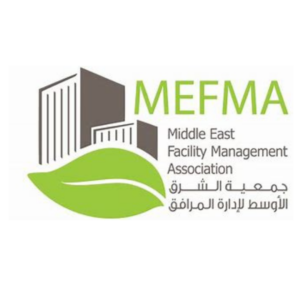The real estate industry is experiencing a digital transformation – are you ready?
The events of the pandemic, in combination with the availability of technology, have forever changed the relationship between the things we do and the place we do them. When many office-based workers were sent home in March 2020, business did not stop. With a quick pivot, business thrived and proved that there was another way, a digital way, to continue operations, maintain effectiveness and drive new efficiencies.
The digital pivot, driven by necessity, must now be tuned to the default way to enable business. Actions should continue to eliminate all forms of paper, provide self-service capabilities to all stakeholders, ensure systems can be accessed from anywhere and enable instrumentation and virtual representation.
Eliminate all forms of paper
If success in real estate is based on location, location, location, it seems that the lifeblood of many real estate enterprises is paper, paper, paper. Contracts, drawings, invoices, leases, checks, reports, work orders, and many more paper items are at the core of many business processes.
While some of these items have been reduced during the pandemic, there remain a number of opportunities to further eradicate paper from day-to-day practices. If not already implemented, real estate enterprises should review and implement systems like:
- Automated payables systems to streamline the requisition, procurement, invoicing and AP payment processes
- Digital contracts, leases and other documents with electronic signatures
- Electronic payment capabilities for residents/tenants and other types of receivables
- Digital mechanisms for the assembly and distribution of reporting packages
These types of solutions typically include the capability for the involved stakeholders to interact directly as part of a redesigned business process, through self-service portals.
Provide self service capabilities to all stakeholders
Often in business processes, we move from digital to paper when we exit the four walls of the enterprise or we get outside the specific users of a system. To fully digitize a process, it must be complete from end to end, for all parties, and for all inputs and outputs.
There are many opportunities to service the stakeholders of real estate with portals and mobile apps that are designed for specific roles:
- Residents and Tenants – Offering transactional capabilities for payment and service requests as well as additional features like amenity reservations, package tracking, community forums, property handbooks, emergency contacts and much more
- Vendors and Suppliers – Offering the ability to make requests for good and services, submit invoices and check on the status of payments
- Owners and Investors – Offering an elegant channel for communications on performance, distributions, tax documents and other important updates
When self-service capabilities are leveraged, stakeholders are able to find information on their own rather than asking enterprise staff for it. Staff can be available to answer questions about the content, as opposed to providing the information in the first place. These capabilities are also accessible independent of location.
Ensure all systems can be accessed from anywhere
For both external stakeholders as well as internal staff, access to systems and data independent of location has never been more important. With work from home policies likely to continue through 2021 and a new hybrid model likely to become the new norm, enterprises can no longer assume that every employee will be doing their work in the same place every day. As such, all systems need to be accessible from anywhere.
Further, software applications need to be made simple for employees to use and traverse, especially where multiple applications are part of a role or a business process. This requires close attention to data integration, identity management, and most importantly, facilitation of cross-solution workflows and reporting. This ubiquitous access is typically delivered via cloud-based solutions.
With the operational elements of the business appropriately enabled and paperless, there are other fronts to attack as it relates to digitization.
Enable instrumentation and virtual representation
There is much talk of the Internet of Things (IoT) and the additional capabilities, visibility, and services it can bring. The instrumentation of properties is nearly boundless, and enterprises should work to find the projects that can generate cost savings or improve upon the experience within the building.
HVAC, access control, utility consumption, and contact tracing are just a few areas where sensors are being deployed to gather data, provide insight, and even launch business processes.
As more of a property is instrumented, a digital twin is a very effective way to present the information in the context of the property itself. The underlying building information model (BIM) can also be used for virtual reality and augmented reality applications, both of which are gaining traction as consumers seek virtual or self-guided exploration of spaces, sometimes before engaging with leasing staff.
In physically separating people from their offices, their employers, and each other, the pandemic has forced organizations across the globe to create connection and flexibility with technology. Digitizing your businesses won’t just serve the near-future challenges as we come out of the pandemic, it will prepare you for a future in which keeping people connected will continue to drive productivity, whether people are gathered in one place or many.
Multi-discipline technology for property owners, investors and occupiers.Property Management Software

Smart Energy Management
A Practical Guide to Reducing Costs with EMS, AI & Automation With utility prices fluctuating, budgets becoming ever tighter, and buildings growing more complex, facilities and energy managers need intelligent systems, real-time insight, and a cl…

